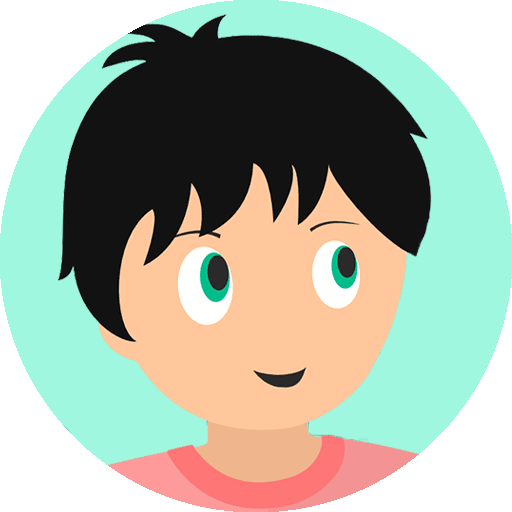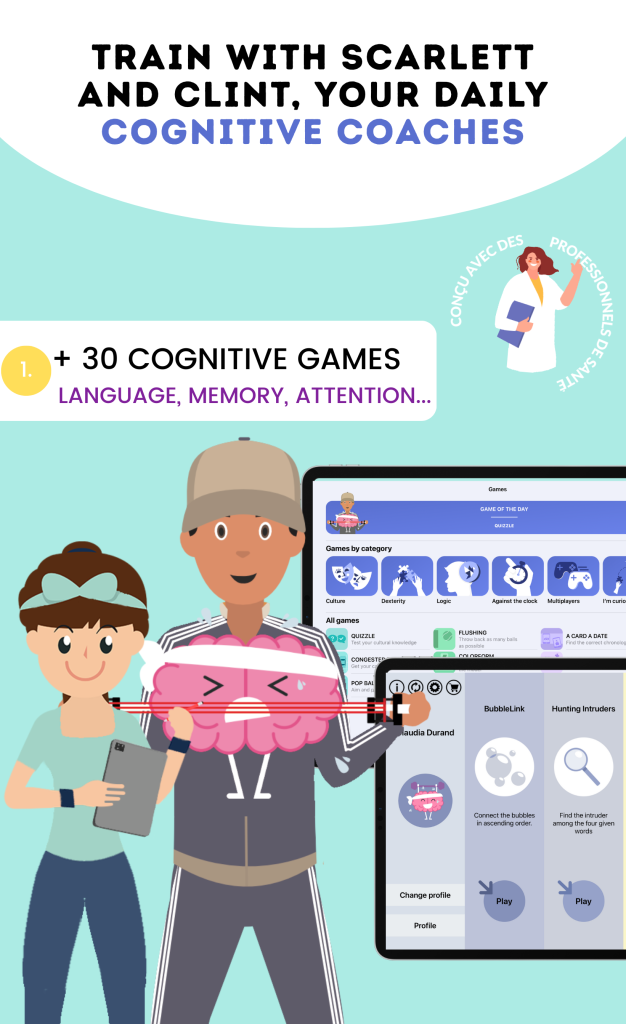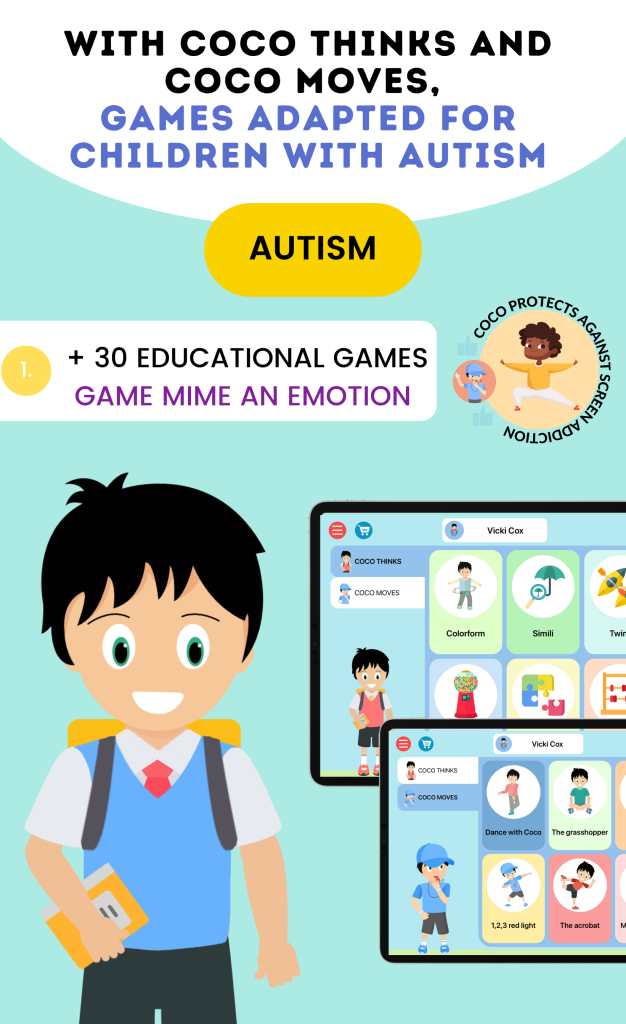There are sensory disabilities such as deafness or blindness. Motor disabilities such as in hemiplegia. Finally, there are developmental disabilities such as in the case of autism, Down syndrome, ADHD children, or those with DYS disorders.
In this article, we will have an excerpt from the webinar offered by DYNSEO on learning disorders due to developmental disorders.

Learning Disorders
DYS disorders are specific learning disorders, such as dyslexia, dysorthography, dyscalculia, dyspraxia, and dysphasia.
ADHD children are children who have attention disorders that may or may not be associated with hyperactivity.
ASD is the autism spectrum disorder. As the term suggests, it is a spectrum, so it is very broad, and the child may have mild to severe symptoms across different aspects of development.
Down syndrome is a genetic condition that causes cognitive disorders. This is why children with Down syndrome have learning difficulties.

ADHD Children
Between 3.5% and 5.6% of school-aged children suffer from ADHD. The majority of children have an attention disorder (47%), followed by hyperactivity and impulsivity (36%). In some cases, all three symptoms may be associated.
In terms of attention, children are easily distracted. Therefore, it is important not to make them sit next to the window because otherwise, they will look outside.
If the child is hyperactive, they will have difficulty staying seated. You can give tasks to the child to make them move in a controlled context. For example, you can ask them to go print copies.

Autism Spectrum Disorders
1 in 100 children is born with an autism spectrum disorder. An autistic child may have difficulties in one or more areas, depending on the type of autism. For example, in Asperger’s syndrome, the child has above-average intelligence, but has significant difficulties in relational aspects.
In general, autistic children have difficulties in social interactions. They do not understand irony or the emotions of others. It is therefore important not to use phrases like “are you daydreaming?”
Interests are restricted, and the child is only interested in that. There may also be stereotyped movements, meaning repetitive movements that the child cannot control.
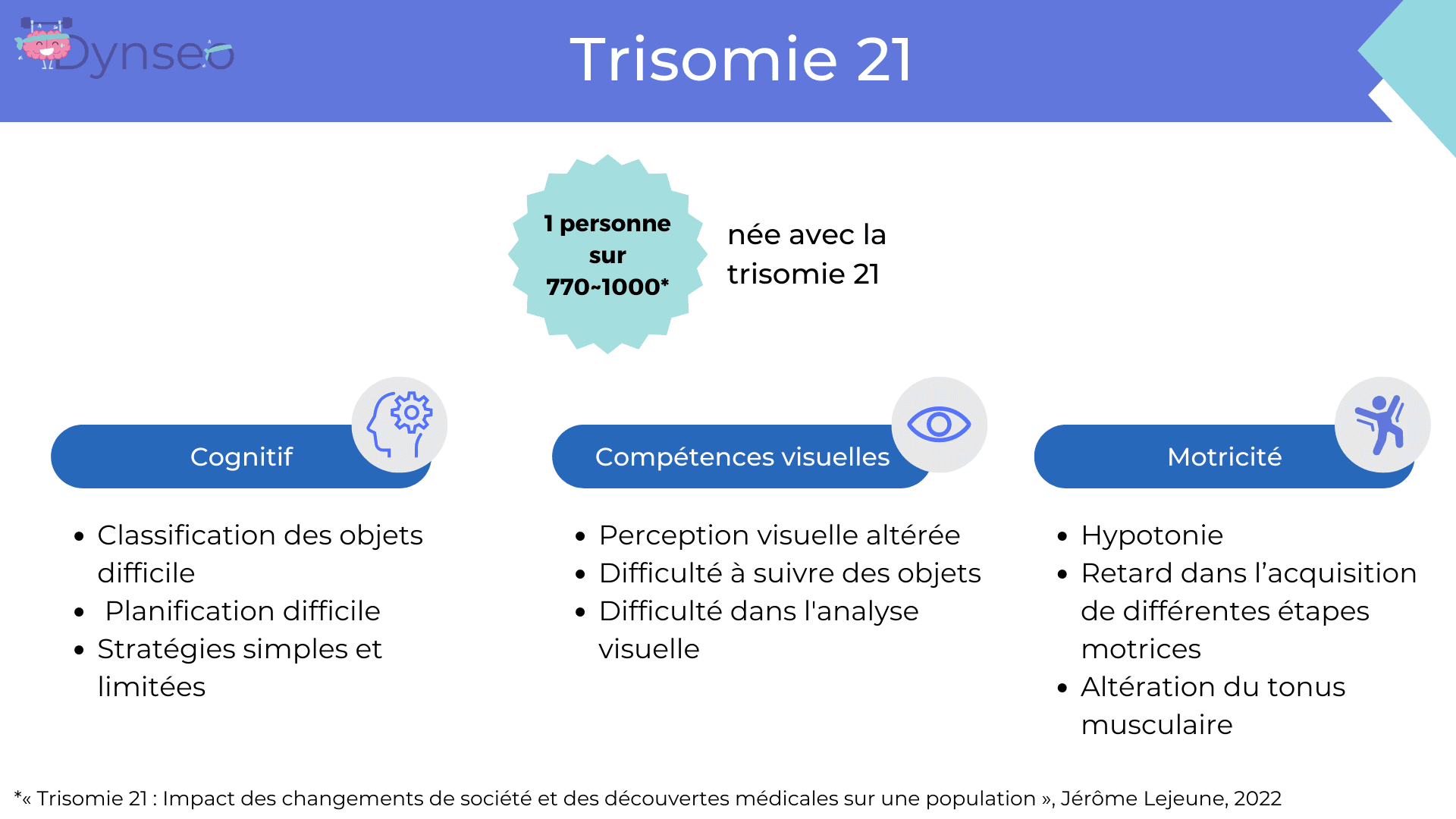
Down Syndrome
Down syndrome is influenced by several factors such as genetics and the mother’s age.
Children with Down syndrome have cognitive disorders. The difficulties are mainly in object classification and in creating and using strategies.
Another difficulty is related to visual skills. Indeed, the child has altered visual perception, making it more difficult for them to analyze or recognize objects. It is therefore important to offer exercises with well-contrasted colors.
Children with Down syndrome have hypotonia, which means reduced muscle tone. This manifests as a delay in acquiring motor skills. At school, for example, the child may have difficulty holding a pen and making smooth movements.
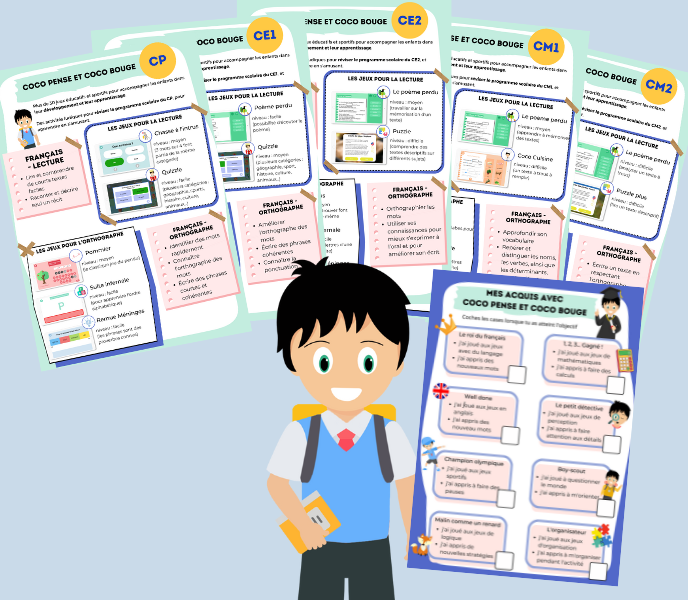
Learning Disorders in Primary School
At school, it is important to adapt activities according to the needs of each child, allowing them to follow learning at their own pace. To do this, teachers can use technologies, such as tablets. Indeed, today there are many applications. A very popular application to support children with disabilities is COCO THINKS and COCO MOVES.
In this application, there are more than 30 educational games for adapted activities. There are audio instructions for children with reading difficulties, for example.
Filters
to Adapt to Each Child’s Needs
With COCO THINKS and COCO MOVES, cognitive training for children accelerates.
Our latest feature allows healthcare professionals and caregivers to enhance children’s cognitive functions through engaging games targeting conditions such as ADHD, autism, and learning disorders.
One of the main advantages of this new feature is its ability to provide comprehensive and personalized cognitive training. Caregivers and healthcare professionals can now use the application to track a child’s performance through a range of activities designed to target cognitive disorders.
Moreover, COCO THINKS and COCO MOVES emphasizes inclusivity. It recognizes that each child is unique, and the application’s filters take into account the diversity of cognitive abilities and challenges that children may face.
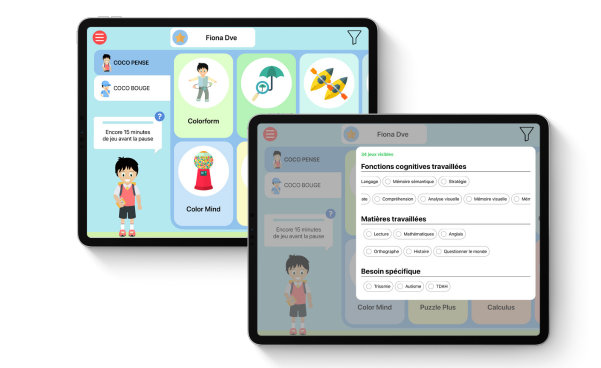
The filters will help children reveal their potential, one game at a time.
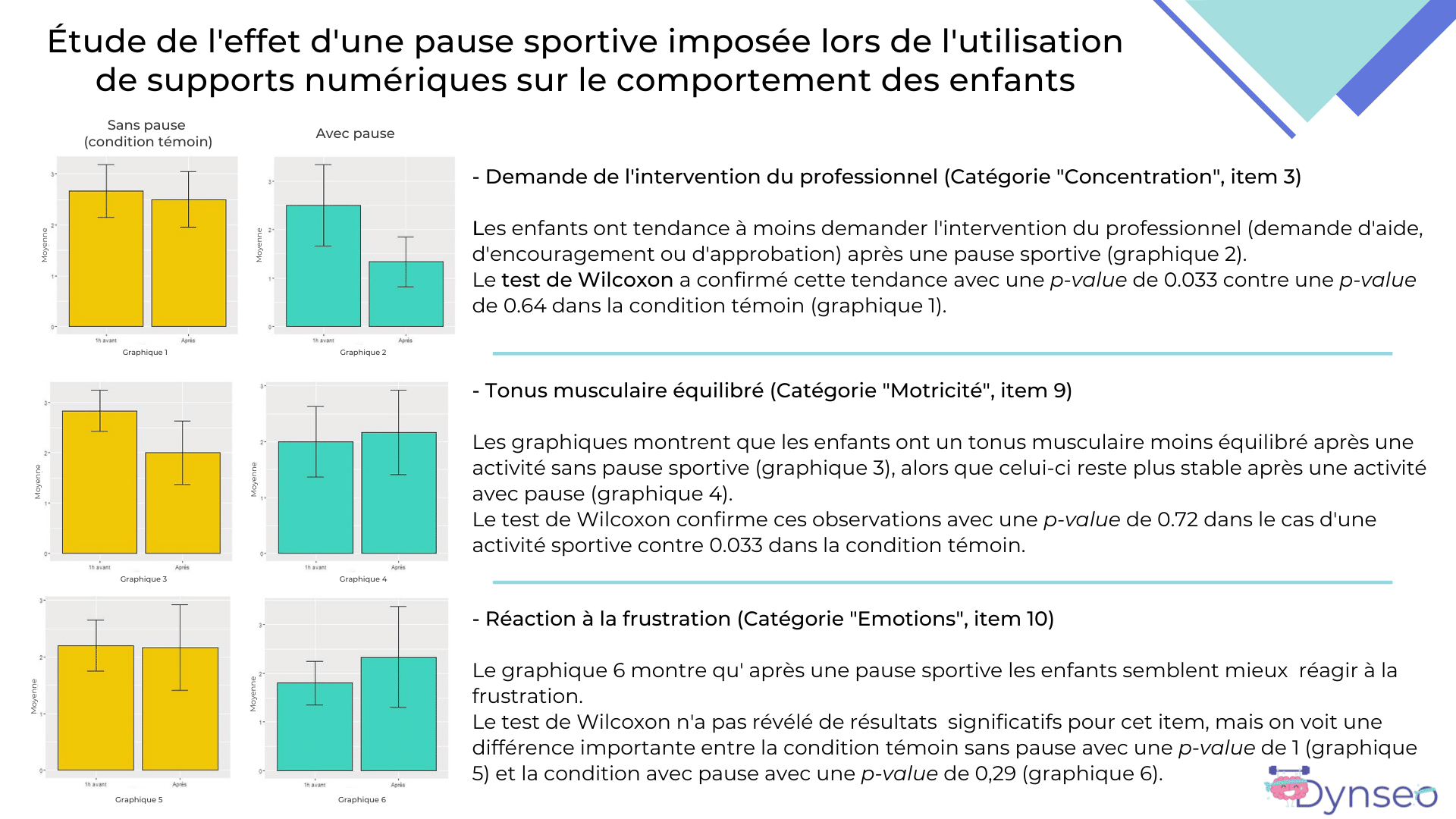
A Sports Break
In the COCO THINKS and COCO MOVES application, after 15 minutes of screen time, the application stops and suggests a sports break. The child must then engage in more or less physical activities. There are also activities adapted for children with limited motor skills, such as the game “mime an emotion.”
This break is very important for children because for them, activities require a lot of effort and can quickly lead to fatigue.
A survey showed that after a sports break, children requested less intervention from the professional during activities, had more balanced muscle tone, and finally had a better reaction to frustration.

Learning Disorders in Middle School
The child cannot cure developmental disorders, but they can find compensatory tools. Therefore, in middle school, it is important to offer children support.
An example is the application CLINT with more than 30 games to work on cognitive functions while having fun.
For ADHD children, it is important to work on inhibition. In the game “The Mole Invasion,” the student must touch the normal mole once, the mole with the helmet twice, and must not touch the mole with glasses.
Of course, in CLINT, there are also literature, math, and cultural games to work on general knowledge or history.

COCO THINKS and COCO MOVES: over 30 educational games for children aged 5 to 10 with a mandatory sports break after 15 minutes of screen time

CLINT: over 30 cognitive and cultural games for middle school students to stimulate cognitive functions and learning
To Go Further…
This article is an excerpt from the two webinars created by DYNSEO on learning disorders. The first was for primary schools, while the second was for middle schools. If you want to learn more about children with disabilities, you can watch the webinar of your interest. DYNSEO organizes several webinars, so stay connected to find other interesting webinars!

Webinar “Technologies and Learning Disorders in Primary School”

Webinar “Technologies and Learning Disorders in
Middle School”
Learning Strategies Adapted for Children with Disabilities
To help children with disabilities learn effectively, it is essential to adopt teaching strategies that take into account their specific needs. Here are some recommended approaches:
- Multisensory Learning: Use multiple senses to facilitate learning, such as hearing, sight, and touch.
- Visual Supports: Integrate images, graphics, and videos to make lessons more accessible.
- Repetition and Review: Regularly practice content to reinforce memory and understanding.
- Small Groups: Work in small groups to encourage interaction and peer support among students.
Assistive Technologies for Children with Learning Disorders
Technological advancements offer many solutions to help children with learning disorders. Here are some useful tools:
- Reading Applications: Applications like NaturalReader or Voice Dream Reader that read text aloud.
- Word Processing Software: Tools like Grammarly that help correct grammar and spelling errors.
- Educational Tablets: Devices that integrate educational games to strengthen cognitive and learning skills.
The Role of Parents in Supporting Children with Disabilities
Parents play a crucial role in the development and learning of their children with disabilities. Here are some ways they can support their children:
- Constant Encouragement: Praise the child’s efforts and progress, no matter how small.
- Creating a Positive Learning Environment: Set up a calm and organized space for studying.
- Collaboration with Teachers: Communicate regularly with teachers to monitor progress and adjust strategies as needed.
- Participation in Support Groups: Join groups for parents of children with disabilities to share experiences and advice.
Resources and Associations for Children with Disabilities
There are many resources and associations that provide support to children with disabilities and their families. Here are a few of them:
- APAJH: Association for Adults and Young Disabled, which offers support services.
- UNAPEI: National Union of Associations of Parents of Disabled Children, which advocates for the rights of people with disabilities.
- French Federation of DYS: Groups associations that support children with DYS disorders.
- Handicap International: An organization that works for the inclusion of disabled people worldwide.

